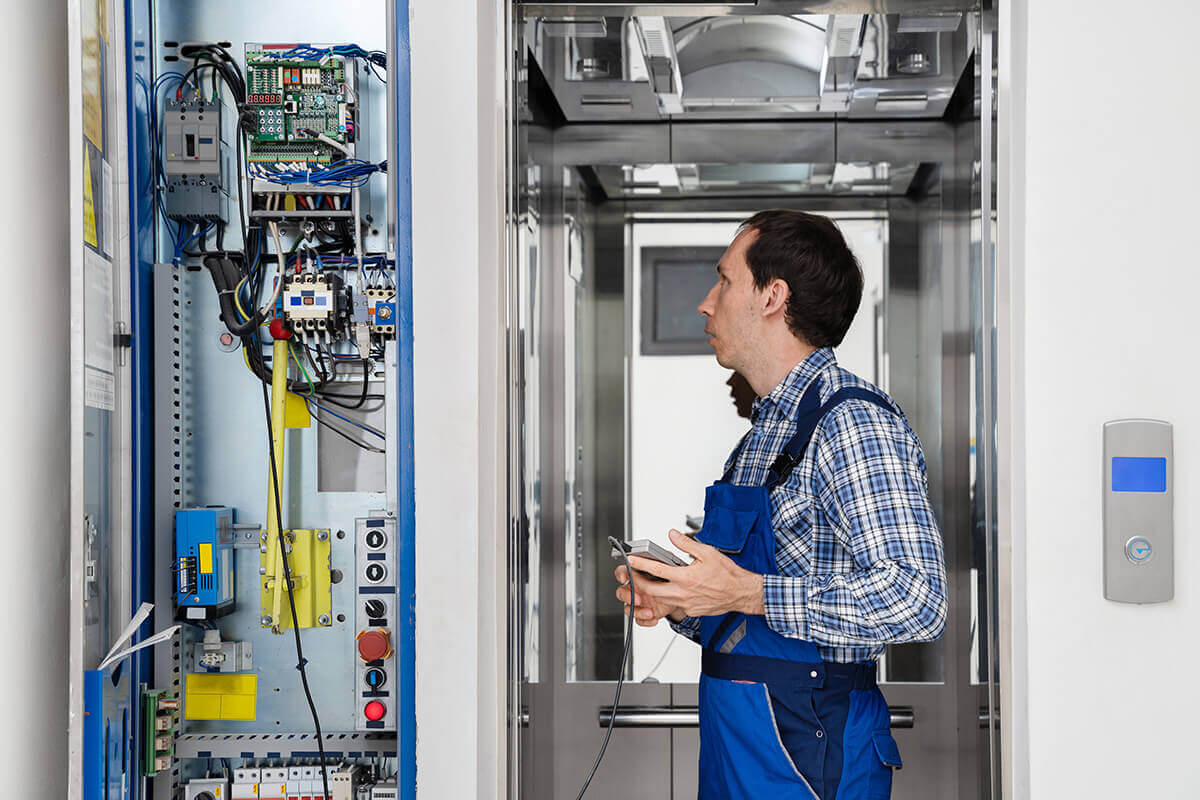Trustworthy Disabled Platform Lift-- Safe and Available Solutions for All Requirements
Trustworthy Disabled Platform Lift-- Safe and Available Solutions for All Requirements
Blog Article
Troubleshooting Tips for Common Issues With Disabled Platform Lifts
When it comes to ensuring the smooth procedure of disabled platform lifts, coming across common concerns can interrupt the capability and access they offer. From power supply problems to regulate panel malfunctions, these difficulties can prevent the lift's efficiency and compromise security - disabled platform lift. Comprehending just how to repair these concerns properly is essential in maintaining the dependability and effectiveness of these essential devices. Let's check out some functional suggestions to resolve these common problems and ensure the appropriate performance of handicapped platform lifts.
Power Supply Issues
When running into power supply problems with impaired platform lifts, the very first step is to systematically assess and troubleshoot possible sources of power disruption. Begin by examining the source of power to ensure it is firmly connected and operating correctly. Confirm that the power electrical outlet is operational by examining it with another tool. If the power source is confirmed to be working, proceed to inspect the power cord for any type of indications of damages or wear that can be causing a disruption in the power supply.

Control Board Troubles
Control panel breakdowns on handicapped platform lifts can substantially impede their functional effectiveness and posture safety dangers to customers. The control panel functions as the central interface for operating the lift, enabling individuals to launch activity, control rate, and take care of stops at different levels. When the control board comes across concerns such as unresponsive buttons, erratic behavior, or display breakdowns, it can disrupt the whole lift procedure.
One typical issue with control board is electrical faults, which may arise from electrical wiring concerns, power rises, or component damage. These mistakes can create the control board to malfunction or end up being unresponsive, making it hard for users to operate the lift safely. In addition, ecological factors like moisture or severe temperatures can likewise influence the control panel's performance, leading to potential failings.
To resolve control panel troubles properly, regular upkeep checks and assessments are essential. Consistently cleaning the control panel, checking circuitry links, and making certain correct calibration can help prevent malfunctions and make sure the lift operates smoothly. In situations of persistent concerns, consulting a qualified technician for fixings or replacements is recommended to keep the lift's performance and security for individuals.

System Stuck or Jammed
In circumstances where the handicapped platform lift experiences a platform stuck or obstructed, prompt interest and appropriate troubleshooting are crucial to guarantee the lift's performance and user security. When experiencing a system that is stuck or obstructed, the first action is to quit any recurring operation of the lift to avoid more damages or safety and security hazards.
After recognizing and eliminating any kind of blockages, attempt to by hand relocate the platform to see if it liberates. If hands-on efforts are unsuccessful, avoid using extreme force as this can cause damage to the lift device. In such situations, it is recommended to contact a licensed professional or the lift supplier for expert aid in settling the concern. Motivate and correct resolution of a stuck or obstructed system is vital to maintain the lift's operational performance and make certain user safety.
Security Sensing Unit Breakdowns
A necessary part of impaired platform lifts, safety sensors play an important duty in guaranteeing user defense and lift procedure. Safety and security sensing unit breakdowns can posture severe dangers to people depending on these lifts for access. When safety sensing units malfunction, the lift may not discover barriers or obstructions in its path, potentially causing crashes or entrapment. Common signs of safety and security sensor malfunctions consist of irregular motions, unexpected quits, or failing to reply to barriers. To address safety sensor concerns, beginning by evaluating the sensors for any kind of physical damages, dust, or misalignment. Tidy sensing units consistently and guarantee they are appropriately aligned to function precisely. Additionally, examine the electrical wiring links and source of power to dismiss any type of electric issues influencing sensing unit procedure. If repairing the sensors does not deal with the issue, speak with a qualified technician to carry out a thorough assessment and repair work to preserve the lift's safety and performance. Routine upkeep and timely resolution of safety check that sensing unit malfunctions are essential for the risk-free procedure of handicapped platform lifts.
Uncommon Sounds or Movements
When operating an impaired platform lift, being mindful to any type of unusual noises or movements is critical for recognizing potential concerns that may impact its efficiency and safety. Unusual noises, such as grinding, shrilling, or clunking sounds, can suggest troubles with the lift's mechanical components, such as worn-out gears, loose screws, or damaged bearings. These problems, if left unaddressed, might lead to breakdowns or perhaps total break down of the lift.
Likewise, uncommon motions of the system, such as jerking, shaking, index or unanticipated stops, ought to not be ignored (lift modernization). These movements can be an indication of electrical problems, hydraulic system problems, or irregularities in the lift's programming. Without delay examining and dealing with these uncommon movements can protect against crashes and guarantee the continued safe operation of the system lift
In the occasion of experiencing uncommon noises or motions, it is a good idea to discontinue making use of the lift immediately and speak to a certified specialist for maintenance. Normal maintenance and timely troubleshooting of any uncommon indications can assist extend the life-span of the impaired platform lift and guarantee the security of its users.
Conclusion
Finally, troubleshooting common problems with impaired system raises needs recognizing and addressing power supply problems, control panel problems, system jams, security sensor breakdowns, and image source uncommon noises or activities. By adhering to correct upkeep and repairing treatments, customers can ensure the risk-free and reliable operation of system lifts for people with specials needs.
Report this page